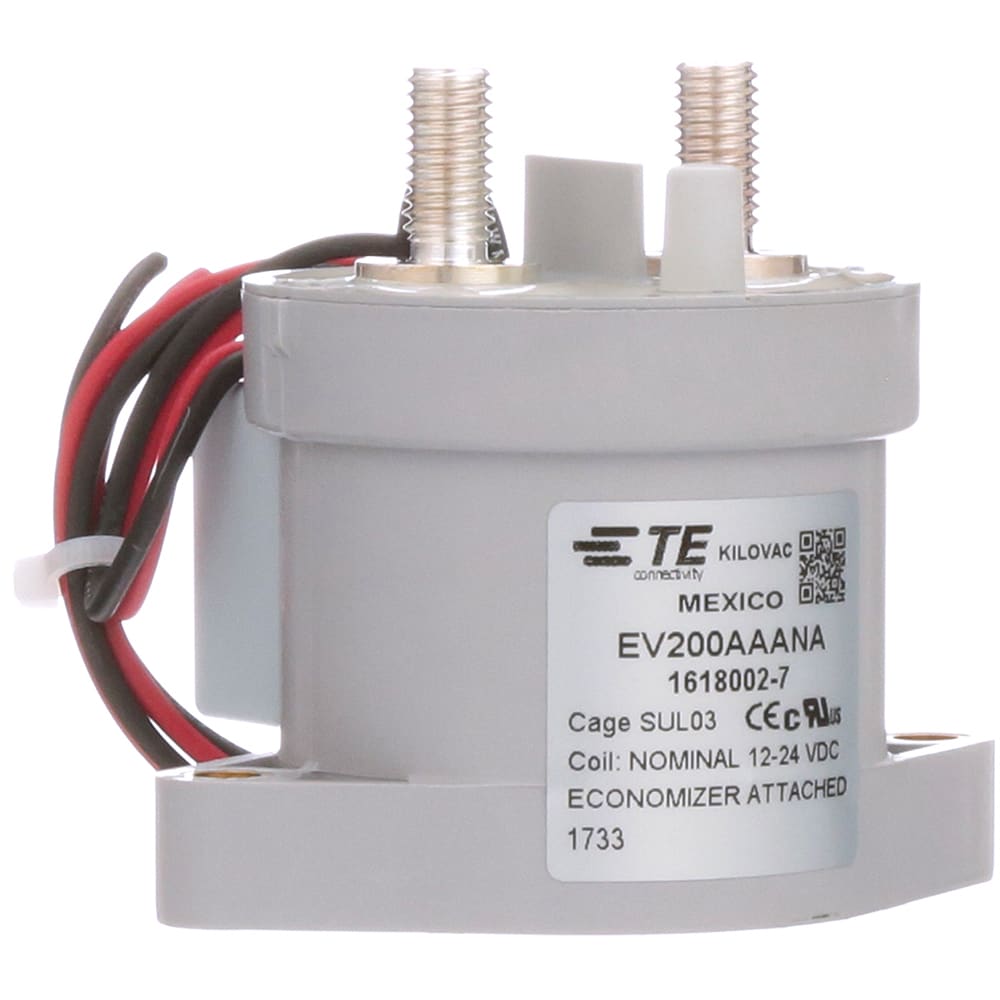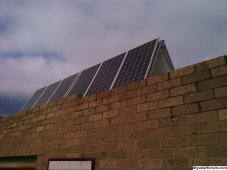Hello, Due to my geography and an attempt to keep my hardware costs down I have come up with a 3 Array system, Morning - Midday- Afternoon. Except for the number of panels each array is hardware identical. One expensive device I would like to conserve with is the Charge Controller. Has anybody ever seen an autonomous switching device that could be used so I would only need one Charge Controller during a solar cycle?
Bruce
Bruce





